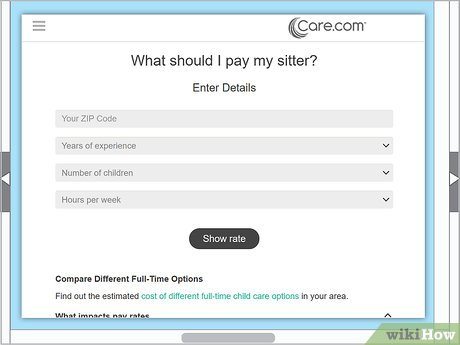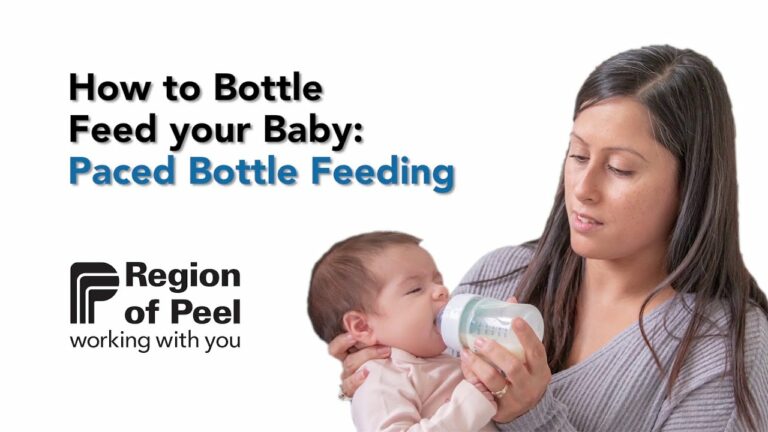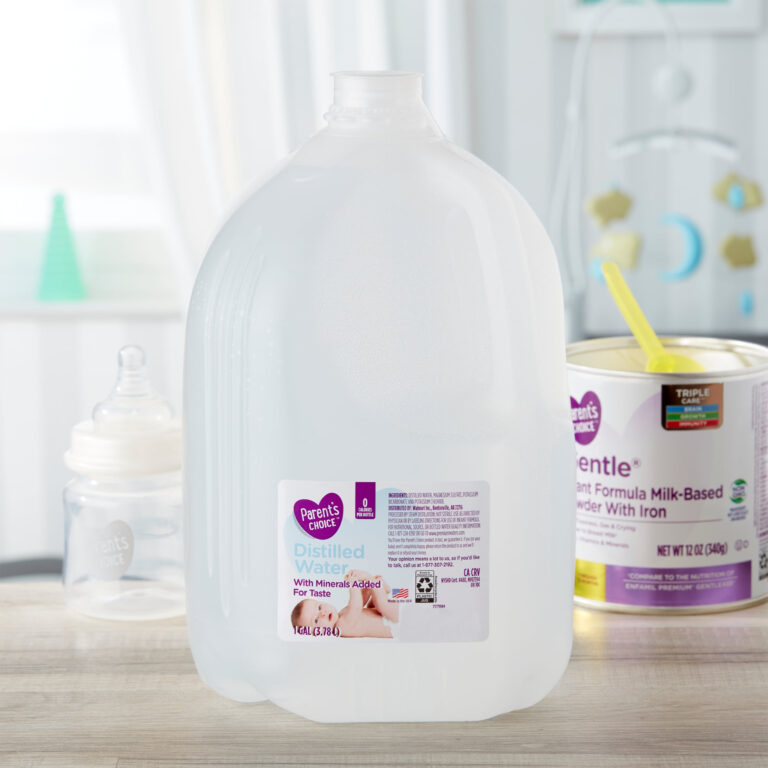The Proper Way to Carry a Baby Facing Out
Carrying your baby facing out is a common practice among parents, but do you know the proper way to do it?
Let’s delve into the correct positioning, benefits, risks, and tips to ensure safety and comfort for both you and your little one.
Proper way to hold a baby facing out
When holding a baby facing out, it is crucial to ensure the correct positioning to guarantee the baby’s safety and comfort. This includes the proper alignment of the baby’s body, legs, and head support.
Correct Positioning of the Baby’s Body
When carrying a baby facing out, make sure their body is upright and close to your chest. The baby’s back should be well-supported against your torso to prevent slumping or straining on their spine.
Positioning of the Baby’s Legs
The baby’s legs should be in a natural spread-squat position when facing out, resembling the shape of the letter “M.” This position helps in proper hip development and prevents hip dysplasia.
Supporting the Baby’s Neck and Head
It is vital to support the baby’s neck and head at all times when carrying them facing out. Ensure that their neck is not strained and that their head is secure against your chest or shoulder.
Benefits of carrying a baby facing out

Carrying a baby facing out can have numerous benefits for both the baby and the caregiver. Not only does it allow the baby to explore the world around them, but it also promotes bonding between the caregiver and the baby.
Enhanced Development
Carrying a baby facing out can help in the development of the baby’s sensory skills. By being able to see, hear, and feel the surroundings more closely, babies can enhance their cognitive abilities and become more aware of the environment. This can stimulate their curiosity and lead to better overall development.
Increased Interaction
When a baby is facing outwards, they have the opportunity to interact with different sights, sounds, and people in their surroundings. This can help in stimulating their senses and promoting social development. Babies can learn to recognize faces, observe different objects, and engage in the world around them, fostering a sense of curiosity and exploration.
Bonding with Caregiver
Carrying a baby facing out can also strengthen the bond between the caregiver and the baby. By being close to the caregiver while facing outwards, babies feel secure and connected, which can enhance trust and emotional attachment. The physical closeness and shared experiences while exploring the world together can create a strong bond between the caregiver and the baby.
Risks or concerns associated with carrying a baby facing out

Carrying a baby facing out can have potential risks and concerns that parents need to be aware of to ensure the safety and well-being of their child.
Impact on the baby’s hip and spine development
Carrying a baby facing out can put strain on the baby’s hips and spine, especially if the carrier does not provide proper support. This position can force the baby’s legs to dangle straight down, which may not be ideal for their hip development. It can also cause the baby’s spine to curve unnaturally, potentially leading to discomfort and issues with spinal alignment over time.
Guidelines on when it may not be suitable to carry a baby facing out
– If your baby has hip dysplasia or any other hip or spine issues, it is important to consult with a healthcare professional before carrying them facing out.
– Babies who are too young or have not developed enough neck and head control should not be carried facing out, as it can strain their neck muscles.
– If your baby seems uncomfortable or unsettled when carried facing out, it may be a sign that this position is not suitable for them.
Tips for ensuring safety and comfort when carrying a baby facing out
Carrying your baby facing out can be a great way to bond and explore the world together. However, it’s essential to prioritize safety and comfort to ensure a positive experience for both you and your little one.
Choosing a carrier that supports this position
When selecting a carrier for carrying your baby facing out, opt for one that provides proper support for your baby’s hips and spine. Look for carriers that allow your baby’s legs to be in a spread-squat position to promote healthy hip development.
- Ensure the carrier has adjustable straps to fit your body comfortably.
- Check for proper padding to keep your baby secure and cozy.
- Choose a carrier made from breathable material to prevent overheating.
Checking if the baby is comfortable and secure
It’s crucial to regularly assess your baby’s comfort and security while carrying them facing out. Pay attention to their body language and cues to ensure they are content and relaxed.
- Make sure your baby’s head is supported and not flopping forward.
- Check that your baby’s airway is clear and unobstructed.
- Ensure your baby’s legs are in a spread-squat position with knees slightly higher than their hips.
Monitoring the baby’s cues while in this position
While carrying your baby facing out, it’s essential to stay attuned to their signals and needs. Babies communicate through their movements and sounds, so pay close attention to ensure they are enjoying the experience.
- Look for signs of discomfort such as fussiness or arching their back.
- Monitor your baby’s breathing and make sure they are not overheating.
- Take breaks and change positions if your baby seems restless or unhappy.
Q&A
Is it safe to carry a baby facing out?
When done correctly with proper support and attention to the baby’s comfort, carrying a baby facing out can be safe.
At what age can a baby be carried facing out?
It is generally recommended to wait until the baby has strong neck and head control, usually around 4-6 months old.
How long can you carry a baby facing out?
It’s best to limit carrying a baby facing out to shorter periods to prevent overstimulation and ensure the baby’s comfort.
What should I look out for to ensure my baby is comfortable in this position?
Check for good head and neck support, proper leg positioning, and signs of distress or overstimulation.





